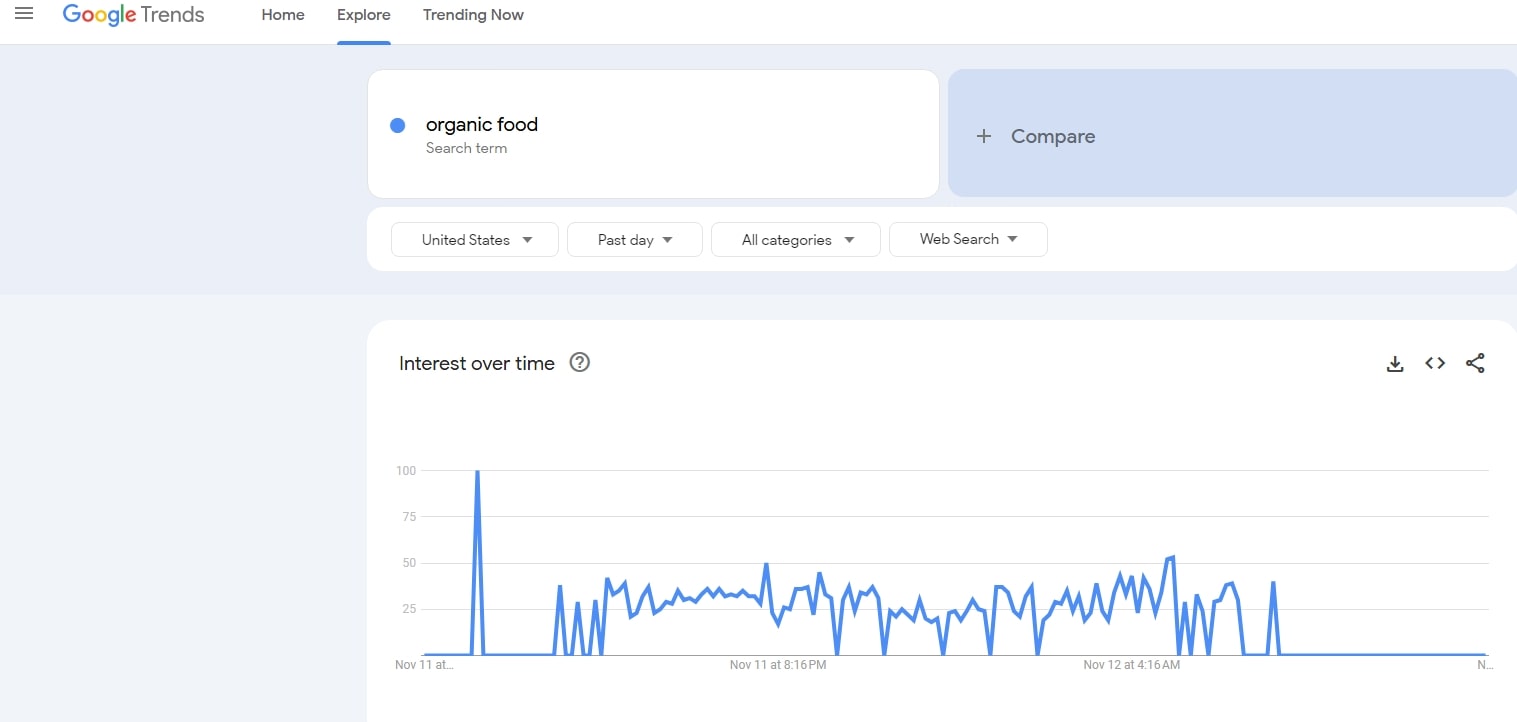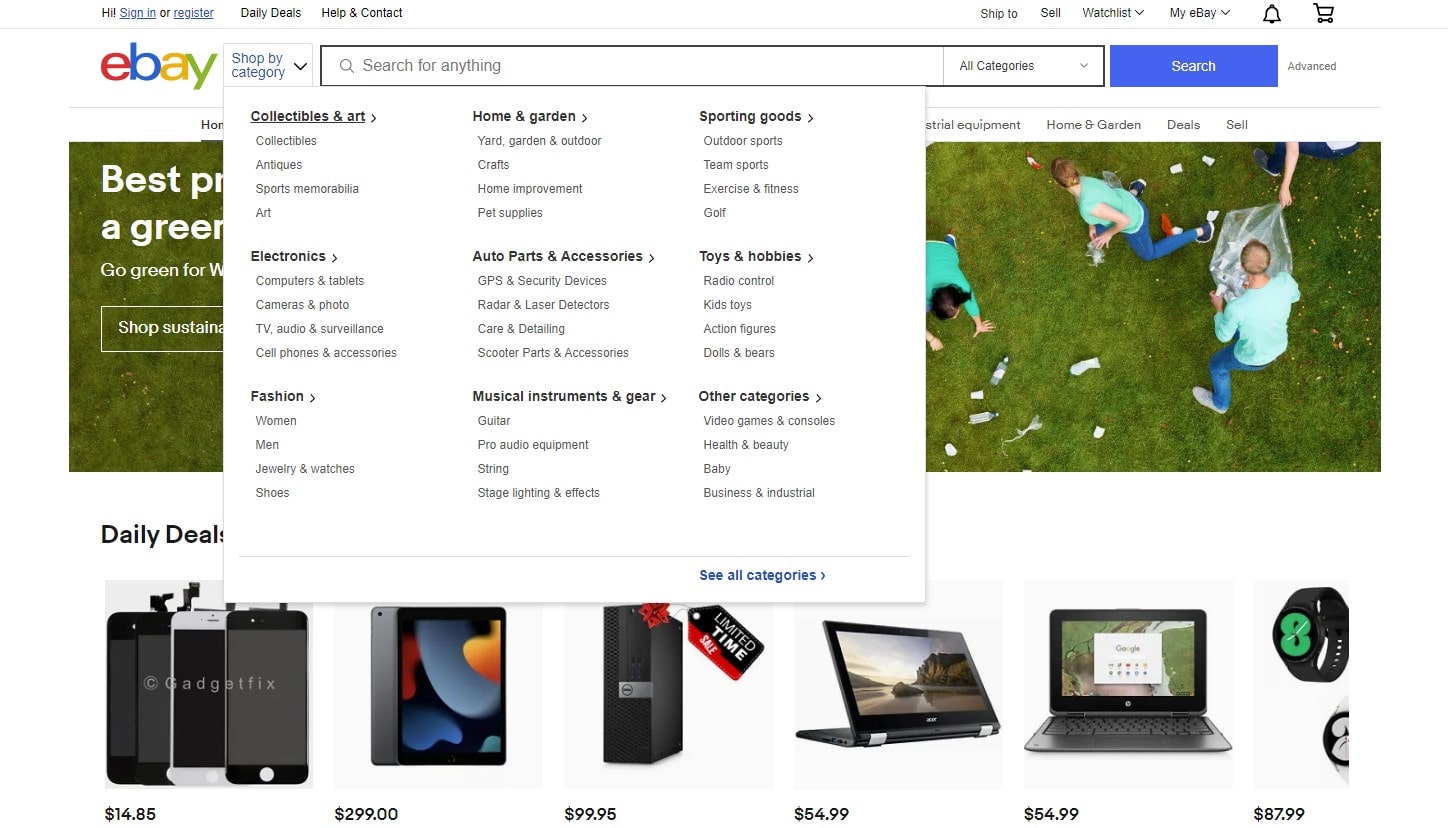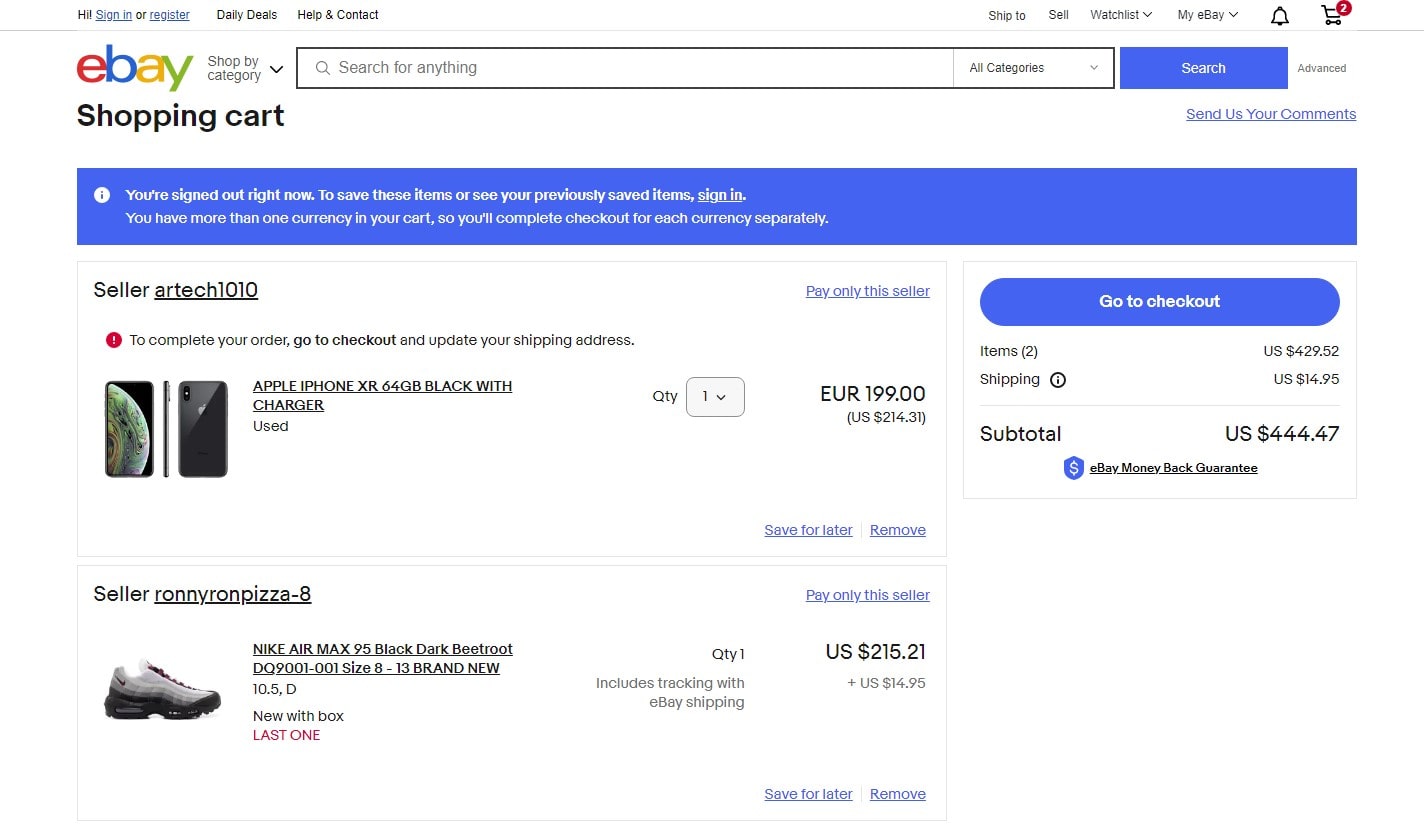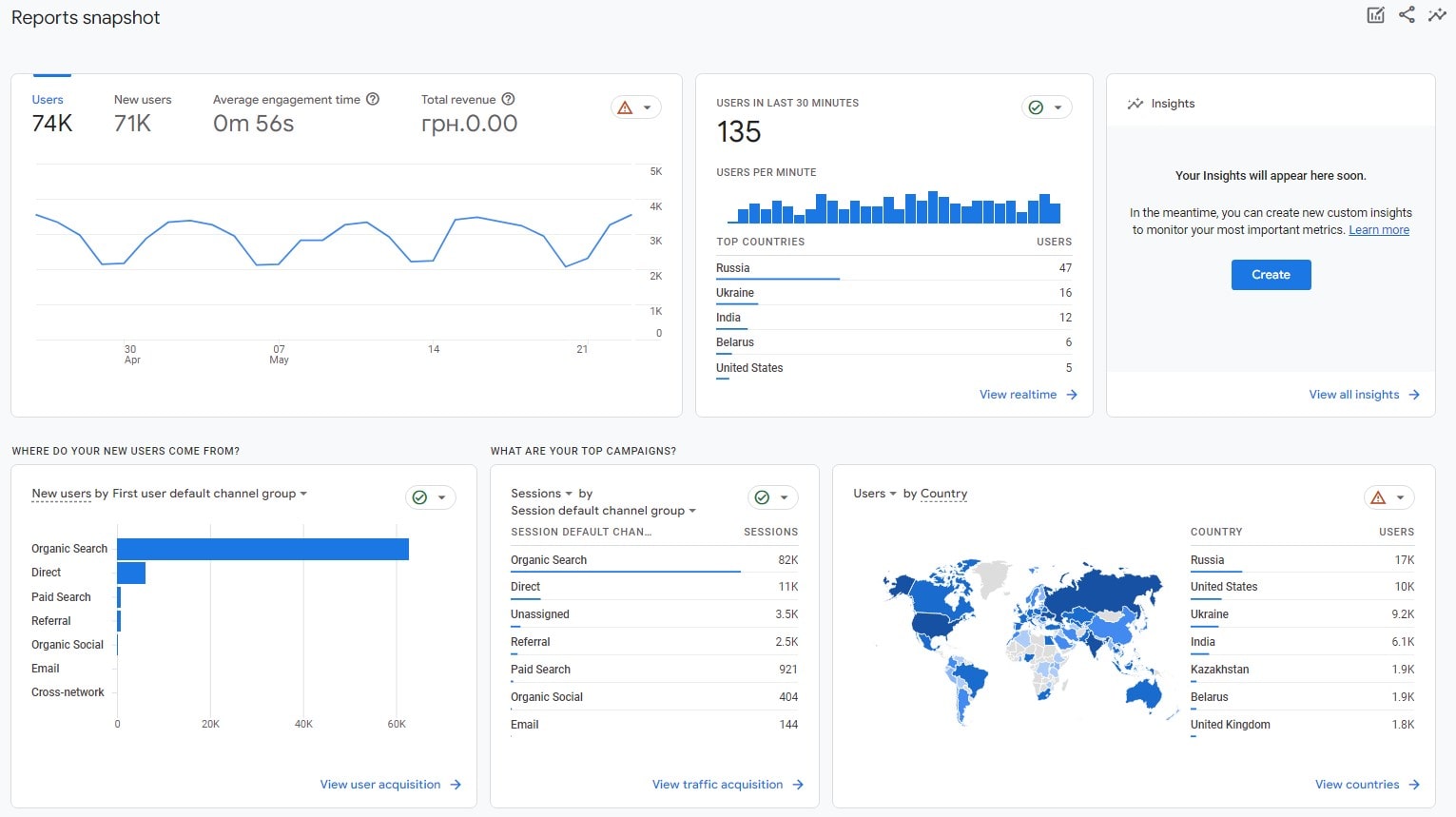So, you’ve thought about starting an online business, huh? Well, in 2025, there’s no better time. E-commerce is going big – like Amazon-level big. The world’s online, the tech’s better, and setting up shop has never been this easy. Imagine reaching people from New York to Tokyo without leaving your room. Whether you’re selling handmade candles or the next big gadget, e-commerce gives you a stage. Companies like Shopify and Plerdy are just tools in the box, ready to make your business life easier. It’s like opening a store, but without the rent – let’s go global!
Understanding E-Commerce Business Models

Choosing the right e-commerce model is like picking the right shoes for a race—it matters a lot! For new entrepreneurs, understanding the main models can set you on the right track. Each model has its strengths, so the goal is to find the one that best matches your business goals and your audience. Let’s dive into the main ones: B2C, B2B, C2C, and C2B.
Business-to-Consumer (B2C)
B2C is the most common e-commerce model. It’s simple: businesses sell directly to the consumer. You know this one well—every time you buy something online from a store, you’re in the B2C world. The magic here is in reaching as many customers as possible. The trick? Great marketing and strong customer experience.
Examples of B2C companies:
- Amazon: Sells pretty much everything directly to people worldwide.
- Zara: Delivers fast fashion trends to consumers everywhere.
- Netflix: Streams movies and series straight to viewers.
Business-to-Business (B2B)
B2B is where companies sell products or services to other businesses. It’s like the “behind-the-scenes” model. Think of companies providing tools, software, or bulk products to other businesses rather than to the end customer. These deals can be larger, long-term, and a bit more complicated. But B2B offers stable, repeat business, which is a win for long-term growth.
Examples of B2B companies:
- Salesforce: Offers CRM software that helps companies manage customer relations.
- Alibaba: Connects manufacturers with small businesses worldwide.
- Slack: Provides communication tools for teams in organizations.
Customer-to-Customer (C2C)
C2C is where customers sell to each other. This model usually happens through online platforms that let people list their products for others to buy. It’s like an online marketplace where you can sell anything from used furniture to handmade crafts. The platform typically takes a fee, and users handle their own sales. It’s popular because it lets anyone start selling without creating a business from scratch.
Examples of C2C companies:
- eBay: Auctions and buy-now listings for almost anything.
- Etsy: A marketplace mainly for handmade or unique items.
- Craigslist: A place for local buyers and sellers to connect for just about anything.
Customer-to-Business (C2B)
C2B is a bit different. Here, customers offer services or products to businesses. Freelancers know this one well! It flips the traditional model and lets consumers have more power by setting their own prices or rates. This model is popular with companies that need freelance work or user-generated content.
Examples of C2B companies:
- Upwork: Connects freelancers with businesses needing their skills.
- Fiverr: Freelancers offer services directly to companies.
- Shutterstock: Individuals sell photos, videos, or music to businesses.
The right model can make a huge difference. For startups, knowing which model to choose is key—it impacts everything from your marketing to customer support strategy.
Choosing a Niche and Validating Your Idea

Choosing the right niche for your e-commerce business is like picking the best spot on the beach—you want it to be unique, not too crowded, and just right for what you offer. A good niche makes it easier to stand out, reach the right customers, and avoid direct competition with bigger businesses. Here’s a guide to finding your niche, doing market research, and validating your product idea before investing time or money.
Finding a Niche
Choosing a niche isn’t about offering everything to everyone. That won’t work for a new e-commerce business. Instead, go for something focused and specific. Your niche should be an intersection of what you like and what people actually want to buy. The goal? Balance your interests with market demand.
Here are a few questions to help you find your niche:
- What am I truly passionate about?
- Does my product or service solve a real problem?
- Who are my competitors, and can I offer something they don’t?
- Am I ready to stick with this niche for the long run?
When choosing, keep in mind that oversaturated markets make it harder to succeed. If you’re interested in fitness, for instance, narrow it down to something like “eco-friendly yoga mats” rather than just “yoga mats.” It’s about finding your unique space in the e-commerce world.
Market Research Techniques
Once you’ve picked a niche, it’s time to check the waters with some research. Market research shows you if people are genuinely interested in your product idea and gives you insights into who your target customers might be. There are plenty of tools to help with this step, so here’s where to start:
- Google Trends – A simple, free tool to see if people are searching for your product idea. If it’s trending or has consistent interest, that’s a great sign.
- Keyword Tools – Use platforms like Ahrefs or SEMrush to check the keyword volume and competition. Look for high-search keywords with low competition in your niche.
- Social Media – Platforms like Facebook, Instagram, and TikTok can reveal a lot. Find groups, hashtags, or influencers discussing your niche. If people are talking about it, there’s likely demand.
- Competitor Research – Look at other e-commerce businesses in your niche. Check their customer reviews to see what buyers like and dislike—this could help you improve your product or service.
With a bit of research, you’ll understand if your chosen niche has potential or if you need to adjust your idea before diving in.
Validating Product Ideas
Now, let’s talk about validating your e-commerce product idea. This step is essential to confirm people will actually buy what you plan to sell. Without validation, you could spend months building an e-commerce store only to find out there’s no demand. Here are a few ways to validate your idea:
- Set Up a Landing Page – Use a simple page to describe your product and collect sign-ups for updates. Tools like Unbounce make this easy even for beginners. If people sign up, that’s proof of interest.
- Use Pre-orders or Crowdfunding – Platforms like Kickstarter or Indiegogo let you see who’s willing to pay for your product upfront. It’s a great way to gauge interest and raise funds.
- Run Paid Ads – Test your idea with a small budget on Facebook or Google Ads. Even $50 can provide valuable data on whether people click and engage with your ad.
- Ask for Feedback – Connect with people in your target audience. Share your idea in relevant forums, groups, or social media and gather honest feedback. This can help you spot improvement areas or even spark new ideas.
Validating your product idea takes a bit of time but can save you from costly mistakes. It’s better to adjust your plan now than to launch a product with no demand in the e-commerce market.
Choosing and validating your niche may not be the fastest step, but it’s one of the most crucial for setting up a successful e-commerce business. Small investments in planning now lead to big rewards later.
Creating a Business Plan

Creating a business plan is like drawing a map for your e-commerce journey. Without it, you’re just wandering around, hoping to hit the jackpot. A solid business plan shows you where you’re going, why you’re going there, and how you’ll get there. This isn’t just a fancy document for investors—it’s your strategy for real success. Let’s break it down into key parts.
Defining Objectives and Mission
Your business plan starts with your objectives and mission. Think about it like the “why” behind your business. Why are you doing this? What do you want to achieve? This is where you clarify your main goal (making sales, building a brand, or dominating your niche). If your mission is solid, it keeps you focused even when things get messy. Be specific—saying “I want to make money” is too vague. Try “I want to become the go-to brand for eco-friendly packaging in the US.” See the difference?
Financial Projections
Time to talk numbers. Financial projections can seem a bit boring, but they’re key. You’re basically predicting how much money you’ll make and spend. Include everything—startup costs, monthly expenses, expected income. Will you break even in a few months? Or need more investment to grow? You don’t need an MBA for this. Just use tools like QuickBooks or Google Sheets to create basic budgets. Trust me, these numbers help you avoid surprises when the cash flow starts getting real.
Marketing and Sales Strategy
Here’s the fun part. How will you attract customers and make sales? Your marketing and sales strategy covers how you’ll promote your e-commerce business. Are you going with social media ads, email campaigns, or influencer partnerships? Decide which channels fit your product and budget. For example, if your business is all about beauty products, maybe Instagram is your best friend. And don’t forget about sales tactics! Are you offering discounts, limited-time offers, or loyalty rewards? Map it out here so you’re not guessing once you launch.
With these three parts, your business plan becomes a real guide—not just some document that sits in a folder. It keeps you moving forward, one step closer to a thriving e-commerce business.
Setting Up Your E-Commerce Website

Setting up your e-commerce website is the big first step where your business truly comes to life. You want it to be functional, look amazing, and attract customers. Let’s break it down so you get it right the first time.
Choosing an E-Commerce Platform
First things first—pick the right platform. Your platform is like the “home” of your e-commerce business. You’ve got options, but some platforms are better for specific needs. Shopify, for example, is super beginner-friendly and perfect for small businesses. If you’re looking for more customization, go with WooCommerce (especially if you already love WordPress). And if you want an all-in-one solution with powerful marketing tools, try BigCommerce.
Here’s what to look for in an e-commerce platform:
- Ease of use – If it’s too complicated, you’ll spend more time on setup than selling.
- Customization options – Can you make it look unique, or is it “one size fits all”?
- Mobile responsiveness – At least 70% of e-commerce traffic is mobile. Make sure your site looks good on every screen.
- SEO-friendly tools – Things like custom URLs, meta descriptions, and easy integrations with Google Analytics.
- Customer support – Because trust me, you’ll have questions along the way.
Designing a User-Friendly Website
Next, design a site that customers actually enjoy. It’s not just about looking pretty; it’s about usability. A simple, clean design is your best friend. Avoid too many colors, flashy animations, or confusing layouts that make people dizzy. Keep it easy on the eyes!
Put yourself in your customer’s shoes. They need to find what they want fast—whether it’s your products, shipping details, or contact info. Make sure your navigation is clear, with categories that make sense. Think “less is more.”
And don’t forget speed. People have zero patience for slow-loading sites. Compress images, minimize plugins, and use tools like Google PageSpeed to check your site’s performance. A one-second delay in loading can drop your conversions by 7%! Don’t risk it.
SEO Optimization for E-Commerce
Now, let’s get into SEO (Search Engine Optimization). It sounds complicated, but without SEO, people won’t find your e-commerce business. You’re aiming for a high spot on Google, where customers can actually find you.
Start with keywords—those words people use when searching for products like yours. Tools like Ubersuggest or Google Keyword Planner can help. Use keywords in titles, meta descriptions, and product descriptions, but keep it natural. You don’t want your content sounding like a robot wrote it.
Next, optimize your images. Use descriptive filenames (like “red-silk-scarf.jpg” instead of “IMG123.jpg”) and add alt text with keywords. And make sure every page has a unique meta description. It’s a quick preview that Google shows on the search results page, so make it catchy.
For backlinks (another ranking booster), try connecting with bloggers or influencers. They can link to your site in articles or social posts, boosting your SEO ranking and bringing you more traffic.
Adding Essential Pages and Product Descriptions
Now, add the essentials. Your website isn’t complete without a few key pages: Home, About Us, Contact, and Product pages. Each one has a purpose and needs to be easy to find.
- Home Page – This is your first impression, so make it count. Highlight your best products, special offers, or new arrivals. Keep it clean and clear.
- About Us – Customers want to know who you are. Share your story, values, and what makes your business unique.
- Contact Page – Include your email, phone, and maybe even a chatbot for quick questions. Make it simple for customers to reach out.
Product pages are where the magic happens. Your product descriptions should be detailed and persuasive but not too long. Think about what your customer wants to know—size, color, material, benefits, and any unique features. Use storytelling if possible. Don’t say, “This is a leather bag”; say, “Crafted from high-quality leather, this bag is your perfect companion for work or travel.”
And don’t forget reviews! Displaying customer reviews increases trust by 72%. Try tools like Yotpo or Judge.me to easily add reviews to your site.
Setting up your e-commerce website might feel overwhelming, but with the right steps, it’s totally doable. It’s your business’s online face, so give it the attention it deserves. Once it’s up and running, you’ll be ready to start welcoming customers.
Developing a Product Sourcing Strategy

Getting the products for your e-commerce business? That’s a big deal. It’s like building the “engine” of your online store. Without a good sourcing plan, you could face stockouts, delays, or even unhappy customers. Let’s dive into the main options—each with its own pros and cons.
Manufacturing vs. Dropshipping
When it comes to product sourcing, two popular routes are manufacturing your products or using dropshipping. These are totally different approaches, so let’s break down the good and the bad.
Manufacturing
If you’re looking to have a unique product that stands out, manufacturing might be your best choice. You get full control over the design, quality, and even packaging. This is perfect if you’re aiming to create a strong brand identity—think Apple or Nike. But, it’s not all easy; manufacturing has high upfront costs and risks. Plus, you’ll need to manage inventory and possibly rent storage space. Manufacturing is for businesses ready to go all-in.
Pros of Manufacturing:
- Full control over product quality and design
- Strong branding opportunity
- Higher profit margins (once you’ve covered initial costs)
Cons of Manufacturing:
- High upfront costs
- Requires storage and logistics
- Risk of unsold inventory
Dropshipping
Not ready to handle inventory? Dropshipping might be your thing. Here, you sell products directly from suppliers to customers without touching the stock. Your job? Set up the store, handle marketing, and forward orders to suppliers. It’s low-risk, low-cost—ideal for those just starting in e-commerce. But the downside is, you’ve got little control over shipping speed and product quality. If your supplier messes up, it can harm your business.
Pros of Dropshipping:
- Low upfront investment
- No need for storage space
- Flexibility to test different products
Cons of Dropshipping:
- Less control over quality and shipping
- Lower profit margins
- Dependence on supplier reliability
Choosing Reliable Suppliers
Choosing the right supplier is key. A great supplier helps your business run smoothly, but a bad one can hurt your reputation. Here are a few things to consider when picking suppliers, especially for manufacturing or dropshipping.
- Check Reviews – Use sites like Alibaba or Oberlo to read reviews and ratings from other businesses. Good reviews mean fewer headaches for you.
- Ask for Samples – Always ask for samples. You want to see the quality before committing, especially if it’s for branded products.
- Evaluate Communication – Quick, clear communication is essential. If they take days to respond, imagine dealing with issues later.
- Look at Shipping Options – Check their shipping capabilities and speed. Slow shipping can be a dealbreaker for your e-commerce store, especially if you’re aiming for customers in the U.S. who expect 2-day delivery.
- Consider Long-Term Growth – Is the supplier ready to scale with you? If your business grows, you’ll need more products fast. A reliable supplier will be prepared for this.
In short, choose a sourcing option that matches your goals, budget, and how much control you want over products. Whether you go with manufacturing or dropshipping, make sure your supplier is solid—because a good supplier is like your silent business partner.
Crafting a Shipping and Fulfillment Plan

Shipping and fulfillment—sounds simple, but don’t let it fool you. This part of your ecommerce business can make or break customer satisfaction. Imagine your buyer waiting two weeks for a product that arrives late or, worse, damaged. Not good, right? To keep them happy and coming back, you need a solid plan that balances speed, cost, and reliability.
In-House Fulfillment vs. Outsourcing
First, decide if you’re handling shipping yourself (in-house) or letting an outside company do the heavy lifting. If you have a small business and only a few orders a day, packing and shipping in-house can be a good start. You control the quality, packaging style, and even add a personal touch—think handwritten thank-you notes.
On the flip side, if your ecommerce business is booming, handling all this alone is a bit much. This is where outsourcing to a fulfillment center (like Fulfillment by Amazon or ShipBob) can save the day. They store, pack, and ship your products. It’s hands-off and scalable, but you lose a bit of control over the experience. Your call—go for control with in-house or scale with outsourcing.
Reducing Shipping Costs
Shipping costs can eat up your profit, so let’s talk about keeping those low. There are plenty of ways to cut costs without sacrificing service.
Tips to optimize shipping costs:
- Use flat-rate shipping: For items of similar size/weight, flat-rate shipping is predictable and often cheaper.
- Negotiate with carriers: If your shipping volume is decent, you can score discounts with companies like FedEx or UPS.
- Offer free shipping for a minimum order: This can boost average order value and cover your shipping costs.
- Invest in lightweight packaging: Less weight means lower costs, especially for international shipping.
- Consider regional shipping zones: Focus on specific zones to cut down on distance costs.
Think of these tips as small hacks. The right fulfillment strategy and some smart shipping choices can help you save big and keep customers happy—so they’ll come back, again and again.
Marketing and Promoting Your E-Commerce Business

Alright, you’ve got your business up and running, the website’s looking slick, and products are ready to go. But now, you face the big question: how will people discover your ecommerce business? Marketing is key, and digital strategies are what’ll bring that traffic in, boost sales, and make your ecommerce journey successful. Let’s dig into some essential techniques, from social media to PPC ads, that’ll put your business on the map.
Social Media Marketing
Social media—this is where your ecommerce business can get all the buzz. Choosing the right platforms to reach your target audience is critical. Whether it’s Instagram, Facebook, or LinkedIn, every platform has its own unique vibe and audience. Instagram and TikTok are great for visuals, especially if your ecommerce products are fashion, lifestyle, or home decor. LinkedIn? More suited for B2B businesses and professionals. You pick what fits your business style.
Popular social media platforms to target:
- Instagram for visuals, stories, and engaging content
- Facebook for community groups and targeted ads
- TikTok for creative product videos
- LinkedIn for professional and B2B networking
- Pinterest for ecommerce products in decor, fashion, and DIY
Use these platforms to create posts that are a mix of product images, customer testimonials, or even a sneak peek into the behind-the-scenes of your business. It’s not only about selling—it’s about building a brand that people connect with!
Email Marketing and Retargeting
Email marketing might seem old school, but for an ecommerce business, it’s one of the most direct ways to reach customers. Start building an email list with a special offer to subscribers, like 10% off the first purchase. This strategy not only attracts potential customers but also builds a sense of loyalty.
Retargeting is another winner. Ever noticed how after visiting a website, that brand seems to follow you around online? That’s retargeting in action. With tools like Mailchimp or Klaviyo, you can set up automated emails to remind customers of items they’ve browsed, abandoned in their cart, or checked out but didn’t buy. Retargeting keeps your business fresh in the minds of visitors, which can bring them back to complete their purchases. Personalized emails tend to get higher open rates too—it’s like you’re speaking directly to your customers.
Paid Advertising (PPC)
Want quick results? Then PPC (Pay-Per-Click) ads are the way to go. PPC ads get your ecommerce business in front of people actively searching for products like yours. With Google Ads, you can show up in search results when someone types in keywords related to your business. People looking for what you offer? That’s who you’re reaching.
Facebook Ads are another smart option, especially for targeting users based on demographics, interests, or behaviors. Google Shopping ads can also be perfect if you have visually appealing products. And if you want something with a visual pop, go for YouTube ads.
PPC can get pricey, so start small. Test different ad formats, analyze which bring the best results, and scale those campaigns.
Tracking Performance and Using Analytics

Running an ecommerce business isn’t just “set it and forget it.” You gotta know what’s working and what’s… well, not working. Analytics is like your business GPS—it helps you see where you’re going, what’s driving sales, and where to make those crucial adjustments. By tracking performance, you don’t just rely on guesswork; instead, you can make data-driven decisions that push your ecommerce to new heights. Let’s dive into the essentials of tracking and how you can keep your business moving in the right direction.
Key Metrics to Track
Not every metric matters. Some are just noise, but a few are gold. Here’s what you need to keep an eye on:
- Conversion Rate: This shows how many visitors actually buy something. If only 2% of visitors are buying, you got work to do.
- Average Order Value (AOV): Want bigger sales? Track how much customers spend per order. Raising AOV by even a few bucks can make a big difference.
- Customer Acquisition Cost (CAC): How much are you spending to get each new customer? If CAC’s too high, your profits shrink.
- Lifetime Value (LTV): This is how much a customer spends over their whole relationship with your business. Knowing LTV helps you decide how much to spend on marketing.
Keep it simple; focus on these core metrics, and you’ll get a good picture of your ecommerce health.
Tools for Analytics and Reporting
Analytics tools are the secret weapons of ecommerce pros. Without them, you’re flying blind. Here are some popular choices that help you stay on top of things:
- Google Analytics: It’s free and powerful. You get insights on traffic, conversions, bounce rates, and more. Perfect for small to mid-sized businesses.
- Plerdy: Want more ecommerce-focused insights? Plerdy helps with heatmaps, SEO performance, and conversions. Plus, it’s all about user experience.
- Klaviyo: Great for email analytics if you’re into email marketing. Tracks open rates, click-through rates, and helps improve customer engagement.
- Hotjar: Ever wonder what users actually do on your site? Hotjar gives you heatmaps and session recordings. Watch where people click and scroll.
Choose the tools that fit your business size and goals. With the right metrics and tools, your ecommerce store can keep growing and stay competitive. Remember, good analytics turn insights into profit!
Conclusion
Wrapping it all up, starting an ecommerce business might feel like climbing a mountain, but every step is worth it. You’ve got the basics now—choosing the right niche, creating a solid business plan, setting up a great website, and tracking your performance with analytics. These steps aren’t just to fill up a checklist; they’re your map to building a successful online store that stands out. So, why wait? Get your ideas flowing, dive into those strategies, and take that first step. Remember, the best time to start your ecommerce journey was yesterday. The next best time? Today!
